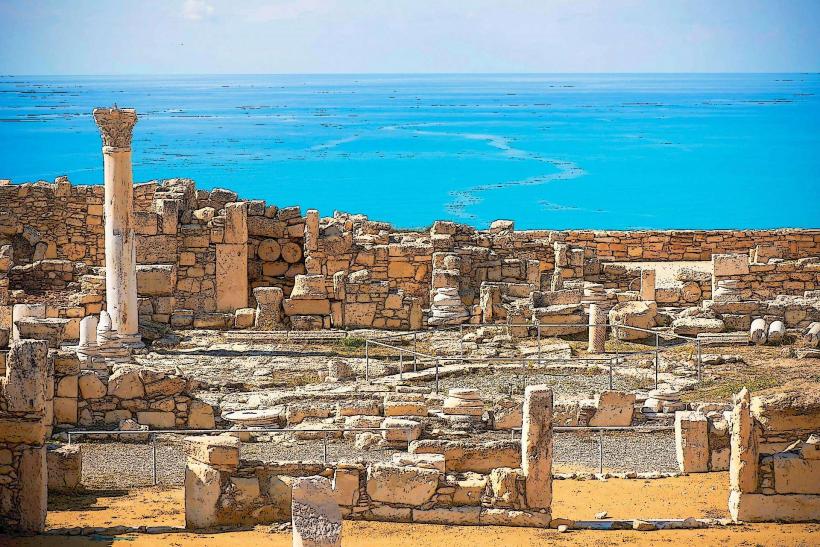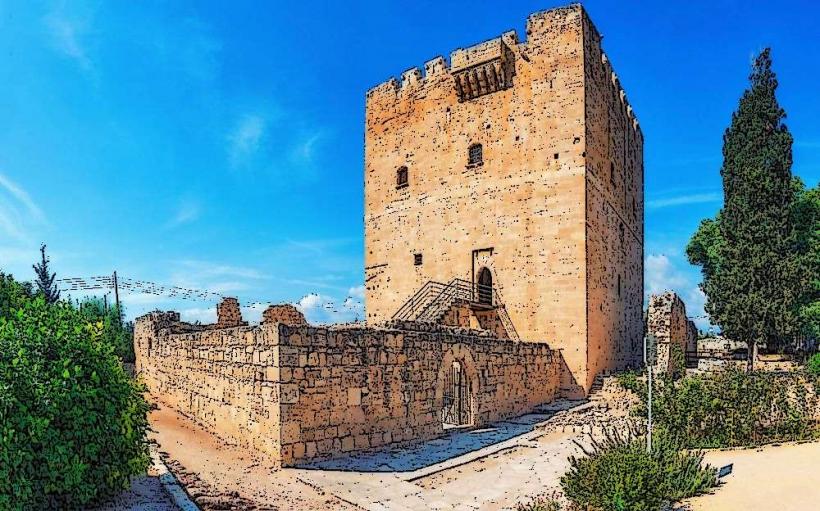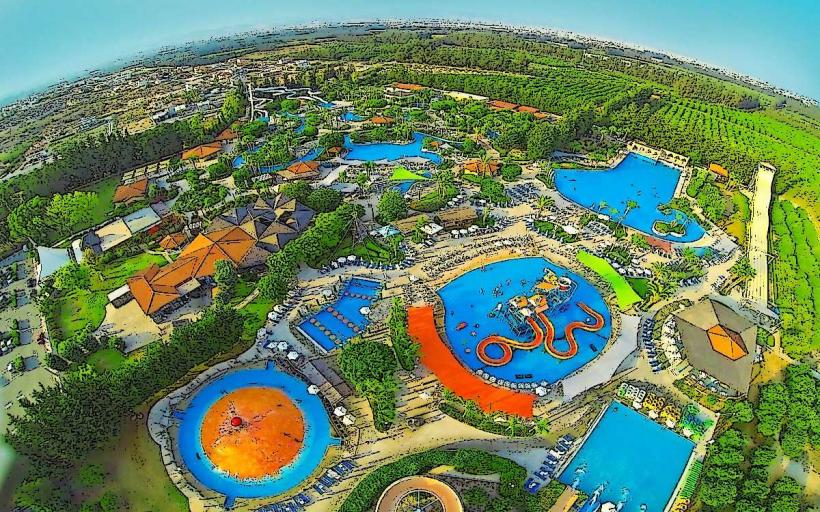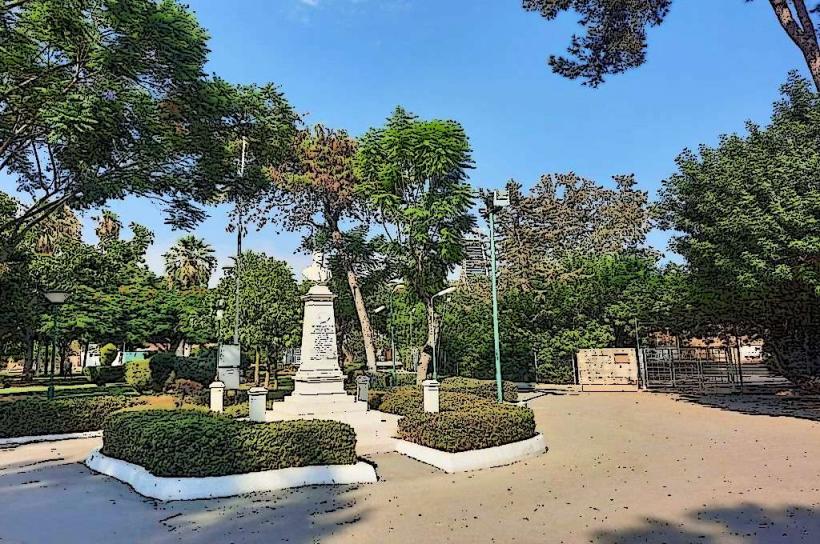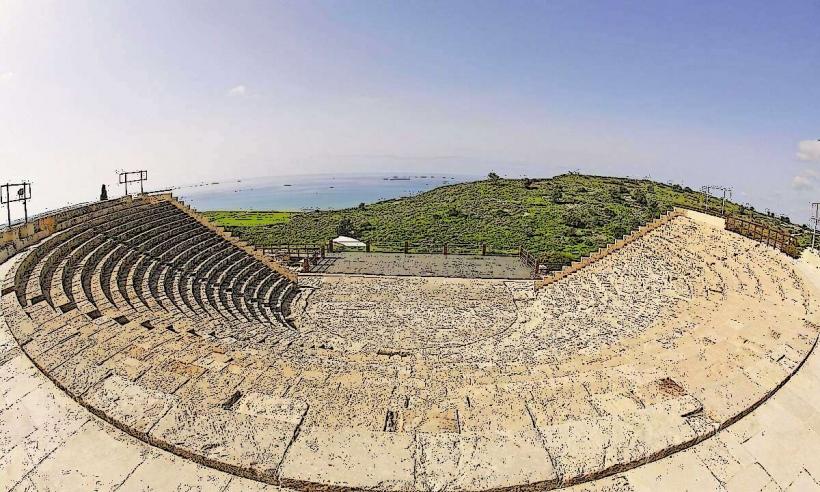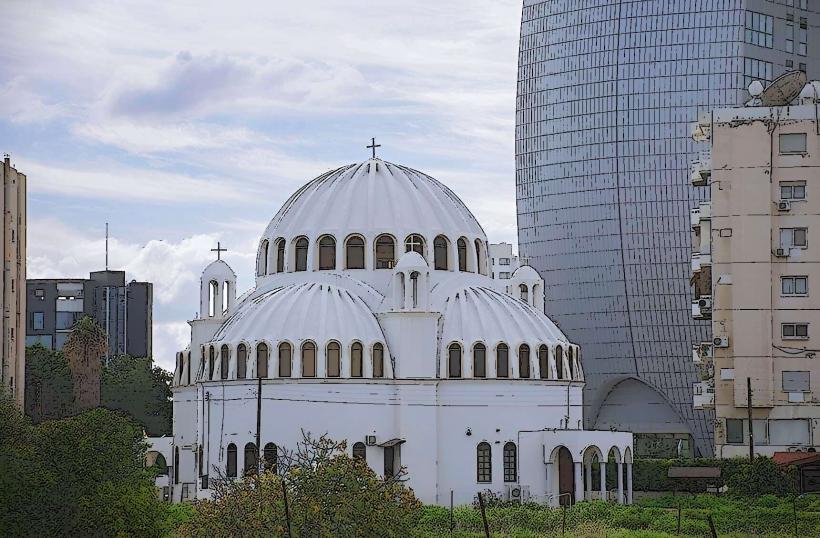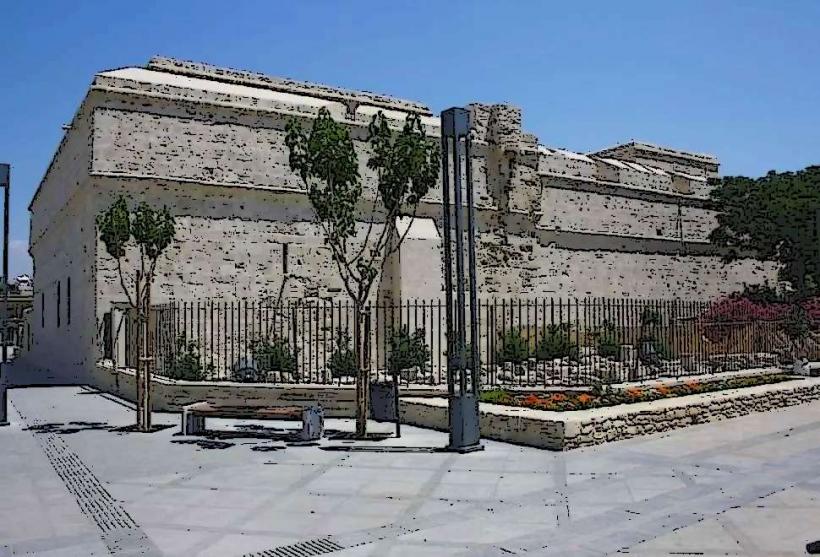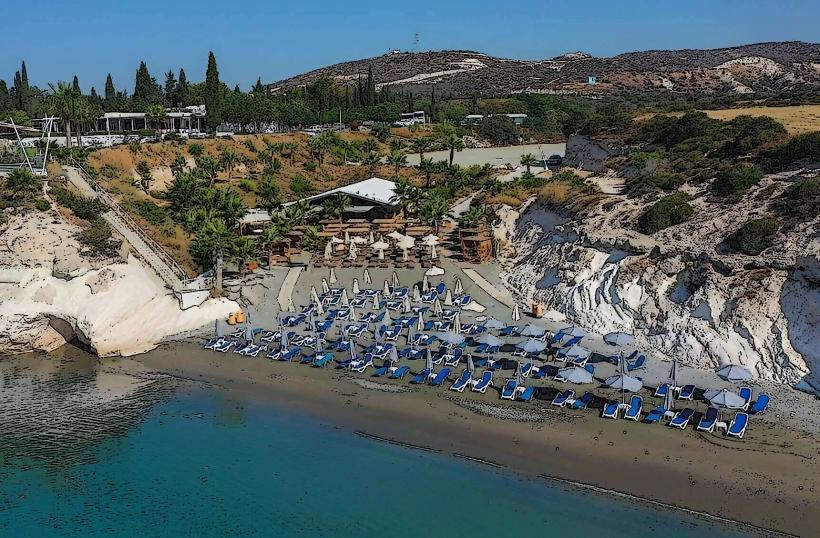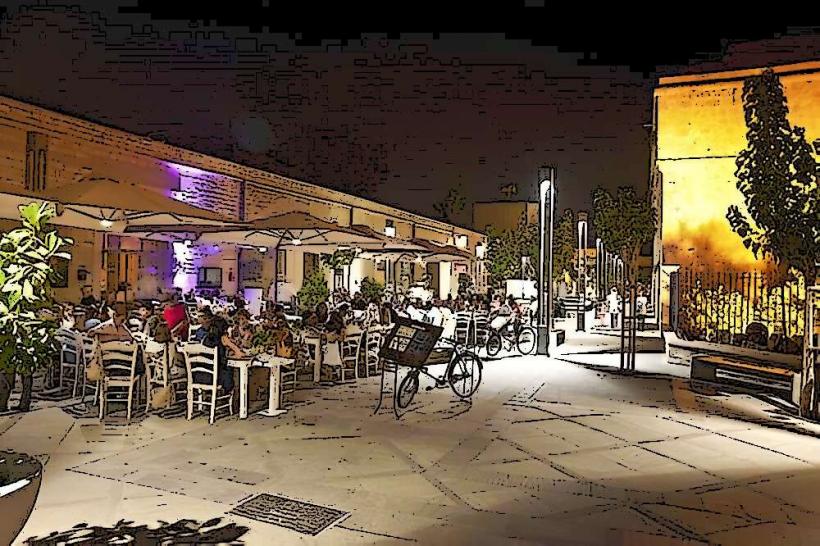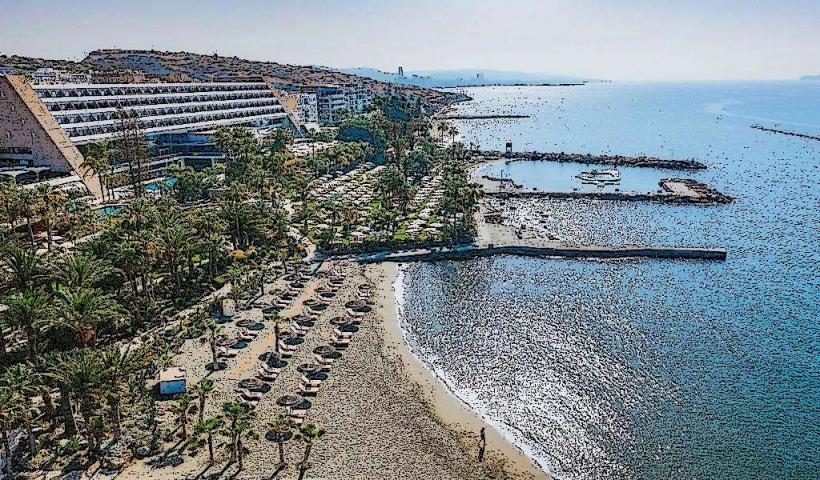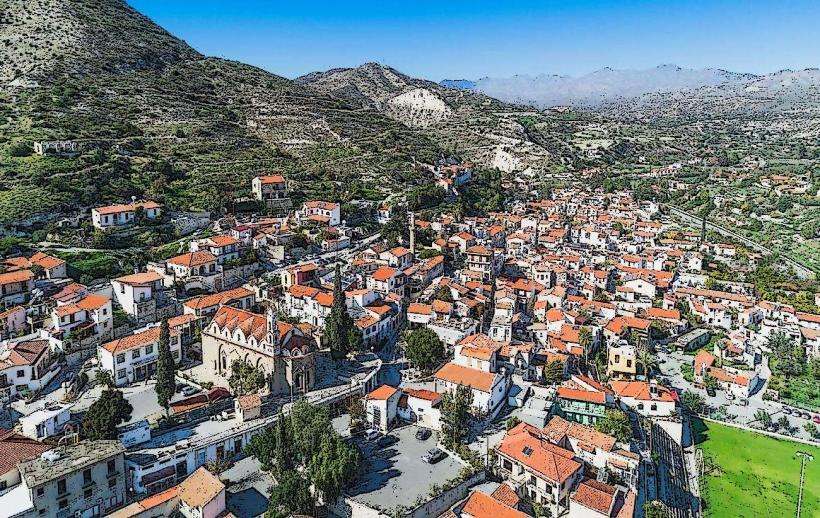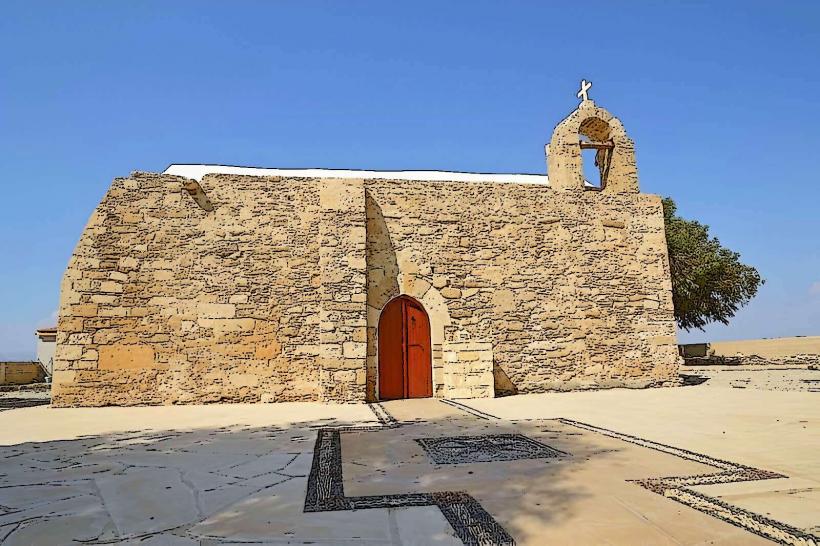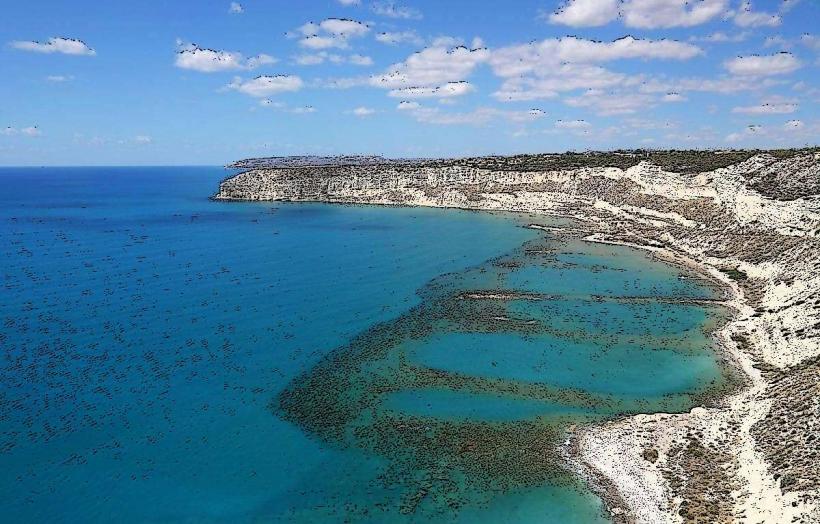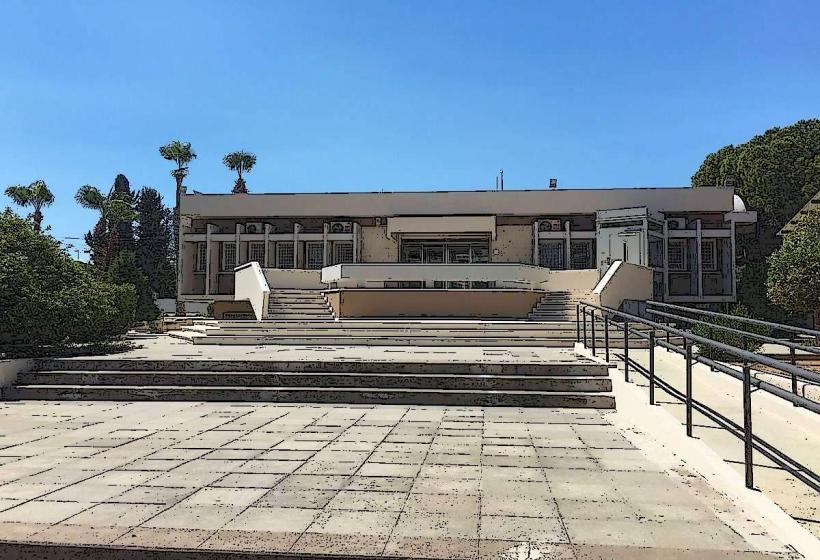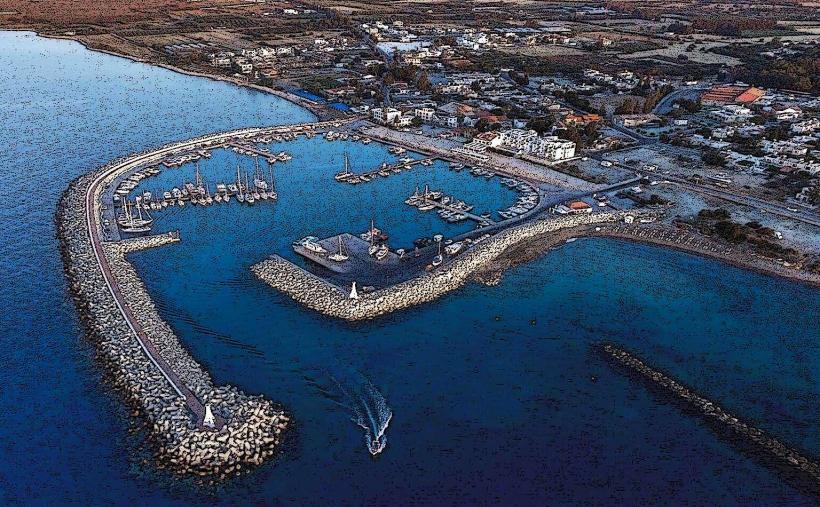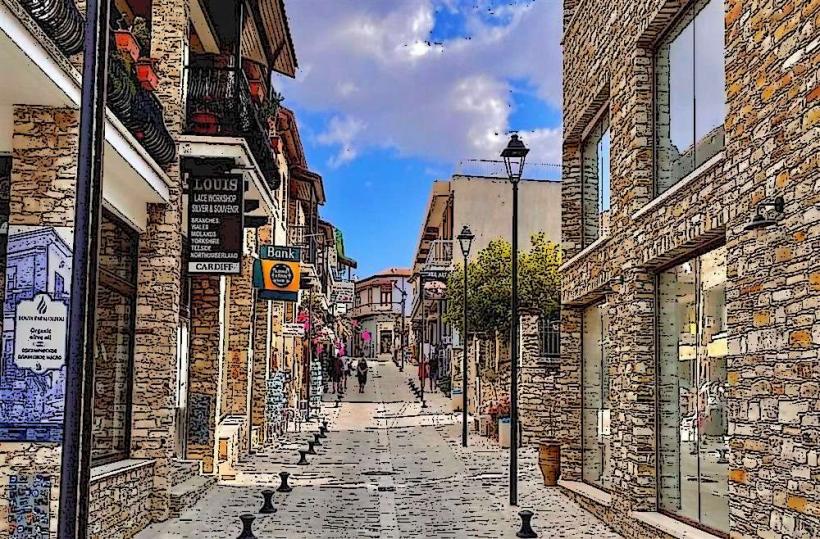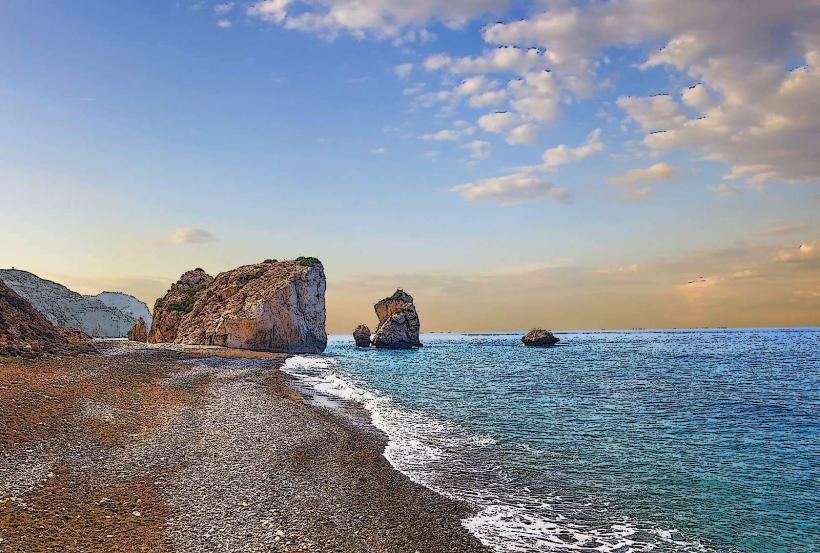Information
Landmark: Amathus RuinsCity: Limassol
Country: Cyprus
Continent: Europe
The Amathus Ruins are an important archaeological site located just east of Limassol, Cyprus, and are considered one of the most significant ancient cities on the island. Amathus was one of the Kingdoms of Cyprus and thrived during the Classical and Hellenistic periods. The ruins offer a fascinating glimpse into the ancient history and culture of Cyprus, with its impressive remains spread across a large area. Here’s a detailed look at the Amathus Ruins:
Historical Background
Foundation and Importance: Amathus is thought to have been founded around the 2nd millennium BCE (likely the Late Bronze Age), making it one of the oldest cities in Cyprus. It was one of the Kingdoms of Cyprus during antiquity and was mentioned in several ancient texts, including those of Herodotus and Pausanias. The city was an important religious, economic, and political center in ancient Cyprus.
Religious Significance: Amathus was particularly known for its dedication to Aphrodite, the goddess of love and beauty, as well as to Adonis, the youth god of beauty and desire. The city was a key center for the worship of these deities, with numerous temples, sanctuaries, and cultic sites found in the area.
Hellenistic and Roman Periods: Amathus flourished during the Hellenistic and Roman periods, serving as an important city-state. The city’s decline began around the 4th century CE, possibly due to earthquakes, invasions, and changes in the political and economic landscape. By the medieval period, the city was largely abandoned, and its ruins were left to nature.
The Archaeological Site
The Amathus ruins cover a substantial area and include various significant structures and artifacts from different periods of the city’s history. Some of the most notable features of the site include:
The Ancient City Walls:
- The remnants of the city walls are still visible today, and they outline the ancient city’s layout. The walls were constructed primarily during the Hellenistic period, and parts of them are still in good condition.
- These walls were designed to protect the city from invaders and can be seen in the northern and western parts of the site.
The Temple of Aphrodite:
- One of the most significant and famous structures at Amathus is the Temple of Aphrodite, dedicated to the goddess of love. This temple was a key religious site for worship and offerings. Though much of the structure has been lost, some architectural remains and inscriptions have been found.
- Archaeologists have uncovered parts of the temple’s foundations, columns, and statues, as well as artifacts related to Aphrodite’s cult.
The Gymnasium:
- The gymnasium at Amathus was a large complex that likely served as both a place for athletic training and social gatherings. It dates back to the Roman period and contains several rooms and baths.
- The structure is notable for its large size and its historical role in the social life of the city. Some parts of the gymnasium have been well-preserved, including sections of the walls and floors.
The Agora (Marketplace):
- The Agora of Amathus was the city’s central marketplace and civic center, where residents and visitors would gather for trade, politics, and public events.
- In the ruins, you can see the remains of paved streets, public buildings, and shops that once lined the marketplace. Some of the columns and walls of the Agora have been restored, giving visitors a sense of the area’s size and importance.
The Necropolis:
- The necropolis (ancient cemetery) of Amathus is located on the outskirts of the site and contains numerous tombs dating from the Archaic to the Roman periods. Many of these tombs were carved into the rock and are richly decorated with architectural features and inscriptions.
- Some tombs have been excavated and contain funerary objects, including pottery, jewelry, and statues, which shed light on the burial practices and beliefs of the ancient Cypriots.
Roman Baths and Residential Areas:
- Several Roman baths and residential buildings have been uncovered at Amathus. The baths are particularly notable for their hypocaust system (an ancient underfloor heating system), which shows the advanced engineering skills of the Romans.
- Some of the residential buildings include remnants of mosaic floors and decorative plasterwork, offering a glimpse into the private lives of the inhabitants of Amathus.
The City Gate:
- The city gate of Amathus is another well-preserved feature. This monumental entrance, which provided access to the city, is flanked by massive stones and has been the subject of much archaeological study.
The Sanctuary of Apollo Hylates:
- A short distance from the main ruins of Amathus, the Sanctuary of Apollo Hylates is an important religious site dedicated to the god Apollo, who was worshiped as the protector of the forest (hylates). This sanctuary, along with the Temple of Aphrodite, formed part of the religious backbone of the city.
- The sanctuary was built during the Archaic period, but much of it was developed and expanded during the Hellenistic and Roman periods.
Key Discoveries and Artifacts
Archaeologists have uncovered a wide range of artifacts at the site of Amathus, which provide insight into the culture and daily life of the city’s inhabitants. Some key discoveries include:
- Statues of Aphrodite and other deities.
- Coins from various periods, including Hellenistic and Roman.
- Pottery and vases, many of which depict scenes from daily life and mythology.
- Inscribed tablets and stelae that provide information about the city’s political and religious practices.
Visitor Experience
The Amathus Ruins are an open-air museum, and visitors can explore the site at their own pace. Some highlights of the visit include:
- Guided Tours: Visitors can hire a guide to learn more about the history of the site and the significance of its structures and artifacts.
- Stunning Views: The ruins are situated along the coast, and many parts of the site offer breathtaking views of the Mediterranean Sea and the surrounding landscape.
- Interpretive Signage: The site includes informative signs and plaques that explain the history and significance of the various ruins and artifacts.
Accessibility and Location
- The Amathus Ruins are located about 10 kilometers east of Limassol, near the coastline. The site is easily accessible by car, and there is parking available near the entrance.
- Visitors can also reach the site by public transport, though using a car or taxi is recommended for convenience.
Conclusion
The Amathus Ruins are a must-visit for history enthusiasts, archaeology lovers, and those interested in exploring Cyprus’ rich ancient past. With its impressive structures, temples, and artifacts, the site provides a fascinating glimpse into the religious, political, and daily life of one of Cyprus’ most important ancient cities. The peaceful atmosphere, combined with stunning views of the sea, makes it a memorable destination for anyone visiting Limassol and the surrounding area.


